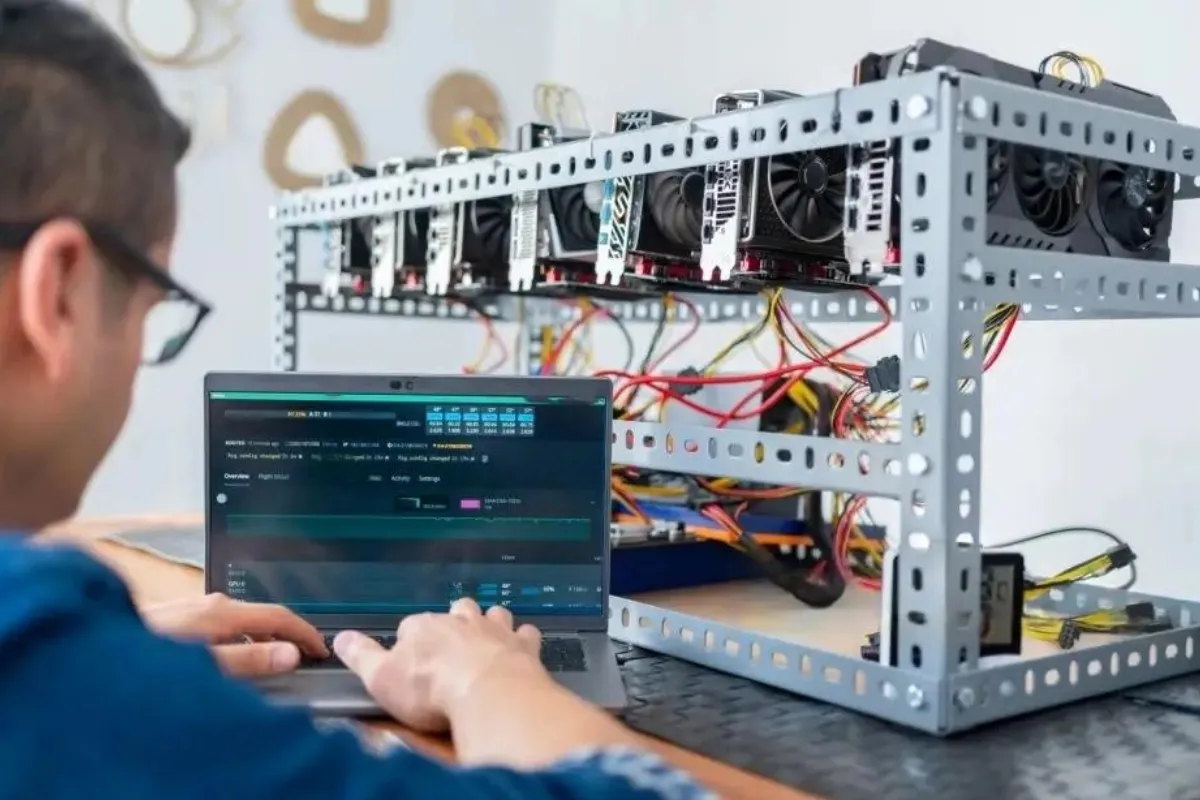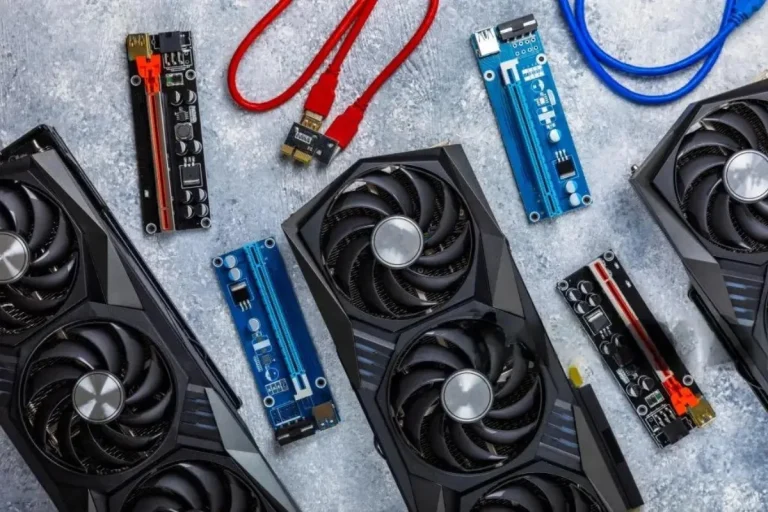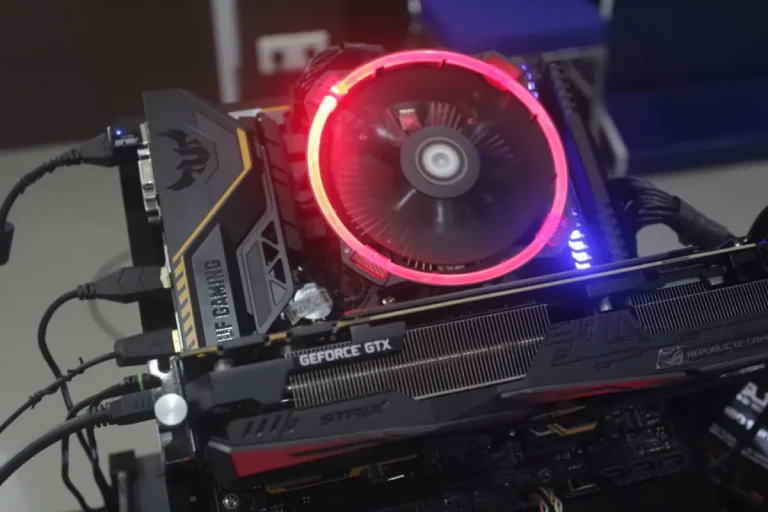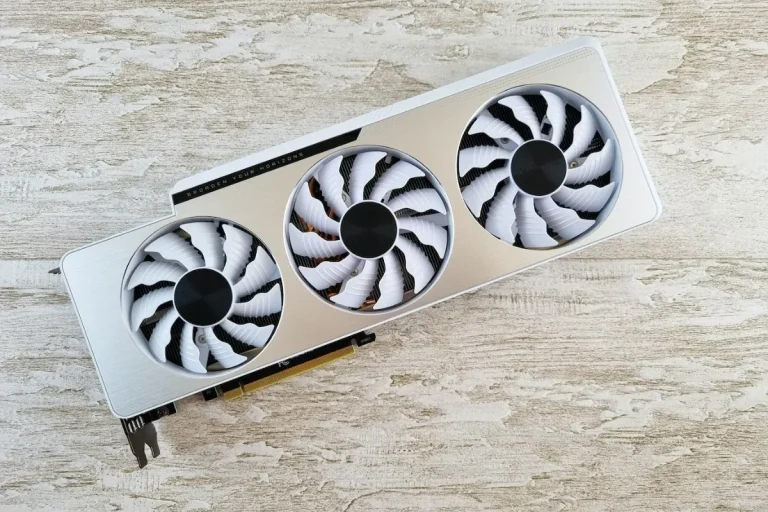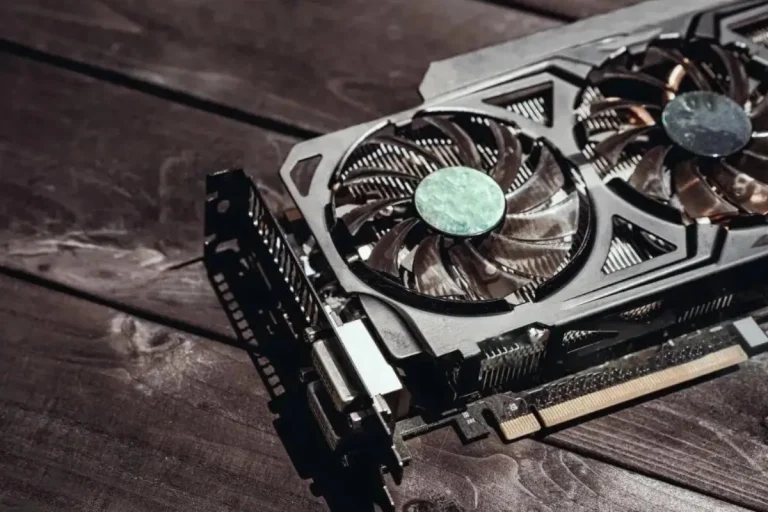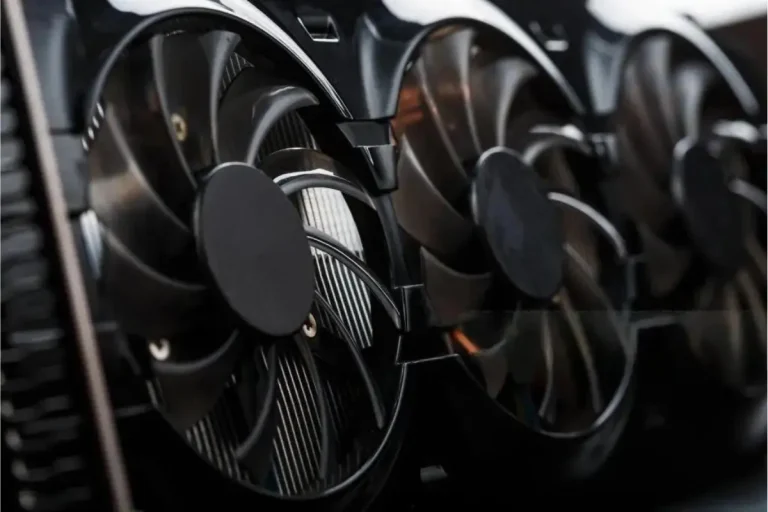How do I know if I have a graphics card on my laptop?
Curious to know if your laptop has a graphics card? Whether you’re a gamer or someone who works with multimedia, understanding if your laptop has a dedicated graphics card is crucial. We’ll walk you through simple methods to determine if your laptop is equipped with a graphics card and why it matters for your computing experience. Let’s dive in!
Checking for a Graphics Card on Your Laptop
Determining if your laptop has a graphics card is essential for understanding its capabilities. Fortunately, there are several methods you can use to check for the presence of a graphics card on your laptop. We will explore three effective methods: using Device Manager, accessing System Information, and performing a physical inspection.
Method 1: Device Manager
- Accessing Device Manager: To begin, open the Device Manager on your laptop. You can do this by right-clicking on the Start menu and selecting “Device Manager” from the options.
- Locating the Display Adapters category: In the Device Manager window, look for the category labeled “Display Adapters” and expand it. This category lists all the graphics-related devices installed on your laptop.
- Identifying the graphics card model: Under the “Display Adapters” category, you will find the name of the graphics card(s) installed on your laptop. Take note of the model name or number, as it indicates the presence of a graphics card.
Method 2: System Information
- Press the Windows key + R to open the Run dialog box. Type “msinfo32” and hit Enter. This will open the System Information tool.
- In the System Information window, navigate to the “Components” section in the left sidebar. Expand it and click on “Display.” On the right side, you will find detailed information about your laptop’s graphics card, including the name and model.
- Look for the graphics card information and verify if it is present. If you see the details of a graphics card, it means your laptop is equipped with one.
Method 3: Physical Inspection
- Inspect the exterior of your laptop for any labels or markings related to a dedicated graphics card. Manufacturers often indicate the presence of a graphics card on the laptop’s casing.
- Look for symbols or logos such as NVIDIA or AMD, which commonly represent dedicated graphics cards.
- If you have the laptop’s user manual or specifications sheet, refer to it for information about the graphics card. It should provide details about whether your laptop has a dedicated graphics card.
Benefits of Having a Graphics Card on Your Laptop
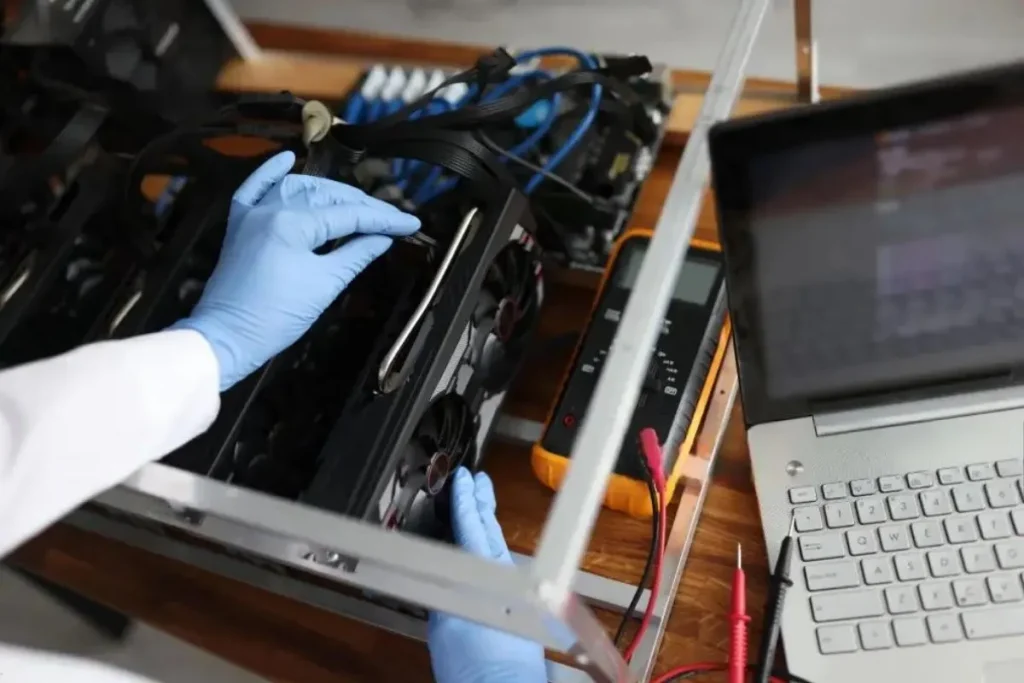
Having a graphics card on your laptop brings a multitude of advantages, enhancing your overall computing experience. In this section, we will explore the various benefits that come with having a graphics card, ranging from improved gaming performance to enhanced multimedia capabilities and more.
Enhanced Gaming Performance
A graphics card plays a pivotal role in delivering smooth and immersive gaming experiences. By offloading the graphical processing tasks from the CPU, a dedicated graphics card ensures that games run at higher frame rates, with better visual quality and reduced lag.
This means you can enjoy your favorite games with stunning graphics, realistic textures, and seamless gameplay.
Improved Video Editing and Rendering Capabilities
For those involved in video editing or 3D rendering, a graphics card can significantly speed up the process. With a dedicated graphics card, tasks like video encoding, rendering complex visual effects, and handling large files become faster and more efficient.
This not only saves time but also allows for smoother editing workflows, enabling you to create professional-grade content with ease.
Smooth Multimedia Playback
Whether you’re watching high-definition videos, streaming content online, or enjoying multimedia applications, a graphics card enhances the overall multimedia playback experience.
It ensures smooth playback, eliminating stuttering or buffering issues, and delivering sharp and vibrant visuals. This makes your movie nights, video streaming sessions, and multimedia consumption more enjoyable and immersive.
Support for Multiple Displays
Another advantage of having a graphics card is the ability to connect and use multiple displays simultaneously. This feature is particularly useful for professionals who require an extended desktop setup for increased productivity.
With a graphics card, you can connect additional monitors or projectors, allowing you to multitask efficiently, expand your workspace, and improve workflow efficiency.
Frequently Asked Questions
1: Do all laptops come with a graphics card?
No, not all laptops come with a dedicated graphics card. Some laptops rely on integrated graphics, which are built into the CPU, while others have a separate graphics card for enhanced performance.
2: How can I check if my laptop has a graphics card?
There are a few ways to determine if your laptop has a graphics card. You can check the Device Manager, access the System Information tool, or physically inspect your laptop for any indicators or labels related to a graphics card.
3: What if I can’t find a graphics card in the Device Manager?
If you can’t find a graphics card listed in the Device Manager, it’s possible that your laptop uses integrated graphics. Integrated graphics are common in entry-level laptops and are not listed separately in the Device Manager.
4: Is it essential to have a graphics card for gaming?
While integrated graphics can handle basic games, a dedicated graphics card is highly recommended for optimal gaming performance. A graphics card provides better visuals, smoother gameplay, and the ability to run graphics-intensive games without lag.
5: Can I upgrade my laptop’s graphics card?
In most cases, it’s not possible to upgrade the graphics card in a laptop. Unlike desktop computers, laptops have specific hardware configurations, and the graphics card is often soldered onto the motherboard. It’s best to check with the manufacturer or consult a professional if you’re considering a graphics card upgrade.
Conclusion
Determining if your laptop has a graphics card is crucial for understanding its capabilities. By checking the Device Manager, inspecting your laptop, or referring to the manufacturer’s specifications, you can unravel this mystery. Remember, a graphics card can enhance gaming and visual experiences, so it’s worth exploring!
